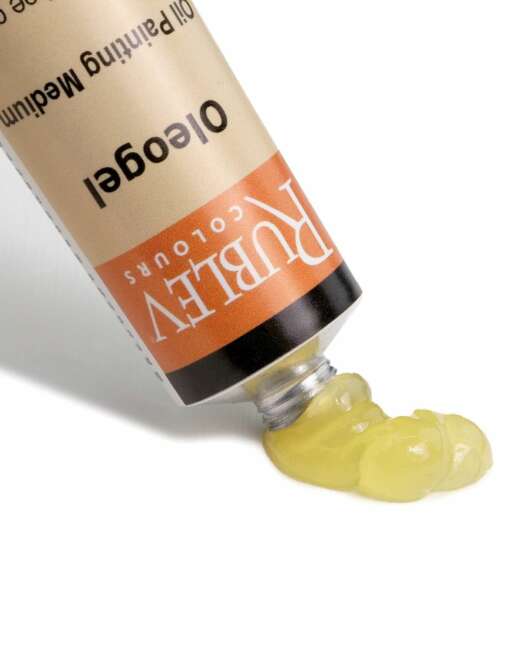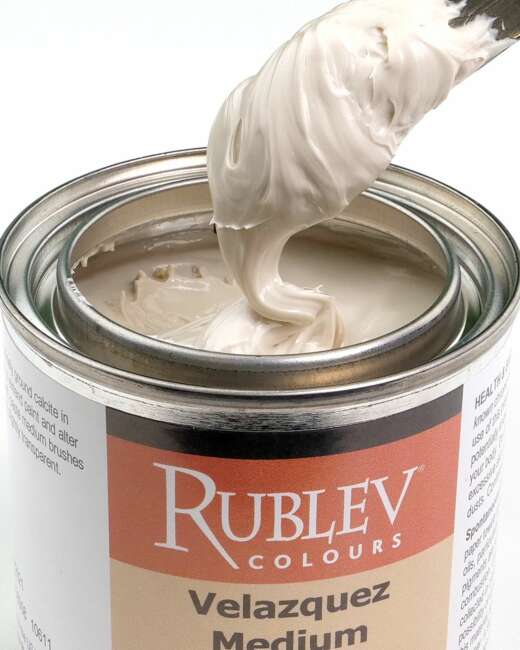The Zorn palette, known for its limited range, creates a variety of skin tones by mixing yellow ochre, vermilion, ivory black, and white. These colors blend to produce natural, warm, and cool skin tones, essential for realistic portraiture.
Zorn Palette: Authentic Colors Used by Anders Zorn
The Zorn palette refers to a palette of colors attributed to the Swedish artist Anders Zorn (18 February 1860–22 August 1920). It has four colors: yellow ochre, ivory black, vermilion, and lead white. This set contains the genuine colors used by Zorn—not modern substitutions. Read more about the Zorn palette.
For the modern colors of the Zorn Palette, please see the .
The Zorn palette refers to a palette of colors attributed to the Swedish artist, Anders Zorn (18 February 1860–22 August 1920). It consists of four colors: yellow ochre, ivory black, vermilion, and lead white. Today, modern artists have substituted cadmium red light for vermilion and titanium white for lead white due to concerns of toxicity but mostly because these two pigments are not readily available.
Natural Pigments changed that by introducing the Rublev Colours Zorn Palette. Now paint with the genuine colors used by Anders Zorn in his paintings. Each set contains one 50 ml tube each of Genuine Vermilion, Lead White, Yellow Ochre, and Bone Black. (Lists of the black color on the Zorn palette identify it as ivory black, but most ivory black sold in the early twentieth century was actually made from bone char or bone black. See note below.)
Charles Ubele writes about the manufacture of ivory black oil paint on page 124 in Paint Making and Color Grinding:
While many in the trade do not make a distinction between drop black or bone black and ivory black, the latter, nevertheless, is, or at least should be, made from the waste of ivory in turning and cutting of ornaments, etc., but, as there would not be enough to go around for the demand of the trade, the manufacturers of ivory black make use of animal bones, selected especially for this purpose, especially the knuckles and shins of bovines, while ordinary bone black of extra fine texture and hue is also sold under the name of ivory black.
Charles Ludwig Uebele (1913) Paint Making and Color Grinding: A Practical Treatise for Paint Manufacturers and Factory Managers. Painter’s Magazine.
Read the article, The Zorn Palette: Were There Really Only Four Colors?
| Authentic Historical Zorn Palette | |||
| Color Swatch | Number | Name | Price |
 | 303 | Yellow Ochre | 13.50 |
 | 508 | Genuine Vermilion | 129.00 |
 | 802 | Lead White (also called ‘Flake White’) | 28.75 |
 | 903 | Bone Black (also called ‘Ivory Black’) | 13.50 |
| Total | 184.75 | ||
Frequently Asked Questions
What are the Zorn skin tones?
How do you make a Zorn palette?
To create a Zorn palette, use four colors: yellow ochre, vermilion (or a similar red), ivory black, and lead white (or titanium white). This limited palette allows for a wide range of tones suitable for various subjects, especially portraiture.
Can you make blue with the Zorn palette?
The Zorn palette does not include a true blue. However, a cool grey, which can visually substitute for blue in specific contexts, can be mixed using ivory, black, and white, with a hint of yellow ochre to adjust the temperature.
What blue to add to the Zorn palette color?
Consider adding ultramarine or cobalt blue if you wish to expand the Zorn palette with a blue. These blues offer a range of warm and cool tones that can complement the existing palette without overwhelming its simplicity.
Is the Zorn palette good?
The Zorn palette is highly regarded for its simplicity and versatility, especially in portraiture. It allows artists to focus on value and temperature, making it an excellent choice for beginners and experienced painters seeking a minimalistic approach.
What medium did Anders Zorn use?
Anders Zorn is renowned for his work in oil painting and watercolor. He skillfully used the Zorn palette in his oil paintings to achieve a wide range of tones and hues, particularly in his portraits.
Is the Apelles palette the same as the Zorn palette?
No, the Apelles palette is not the same as the Zorn palette, although it is similar. The Apelles palette refers to the ancient palette used by the Greek painter Apelles, which included primary colors like black, white, red, and yellow. The pigments likely used in the Appelles platte were based on fresco or waterborne paint, such as yellow ochre, red ochre or vermilion, bone or ivory black, and chalk or lead white. While similar in its limited range, the Zorn palette specifically includes yellow ochre, vermilion, ivory black, and white.
Did Zorn ever use blue in his paintings?
Anders Zorn is famous for his limited palette, known as the Zorn Palette, which typically did not include blue. However, there are instances in his broader body of work where he used blue, especially in water scenes and landscapes.
What was Zorn's drawing technique?
Anders Zorn is renowned for his fluid and expressive line work in drawing, often using swift, confident strokes to capture the essence and movement of his subjects with minimal lines. His technique emphasized gesture and form, often using ink or pencil.
What famous artist used the impasto technique?
Vincent van Gogh is one of the most famous artists known for using the impasto technique. He applied paint thickly, creating texture and adding a three-dimensional aspect to his work, key in expressing his emotional and psychological state in his paintings.
Who invented the impasto technique?
The impasto technique, characterized by thickly applied paint that retains the marks of the brush or palette knife, has been used since the Renaissance. Its invention cannot be attributed to a single artist, but it was notably used by masters like Rembrandt and Titian.
What blue to add to the Zorn palette color?
While the traditional Zorn Palette does not include blue, artists can add blue for a greater range, especially in landscapes or seascapes. Ultramarine or Cobalt Blue are popular choices, complementing the existing Zorn colors well.
| SKU | 810-1104 |
|---|---|
| Brand | Rublev Colours |
| Vendor | Natural Pigments |
| Processing Time | Usually ships the next business day. |
California Proposition 65: This product contains a chemical known to the State of California to cause cancer and birth defects or other reproductive harm.
Hazard Pictograms
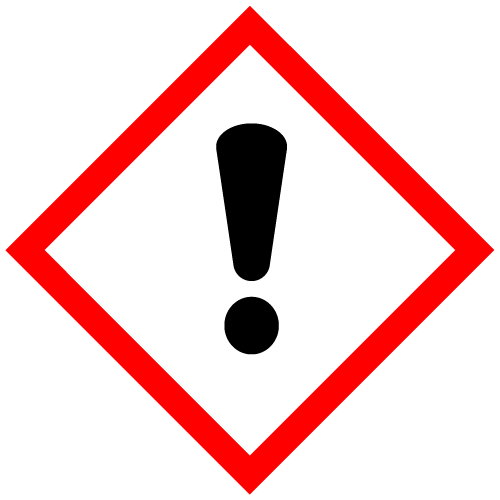 | 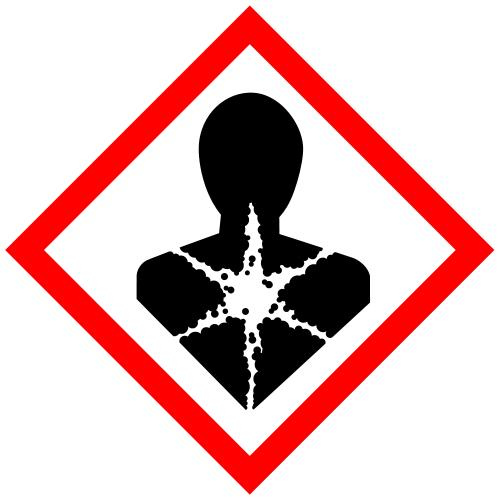 | 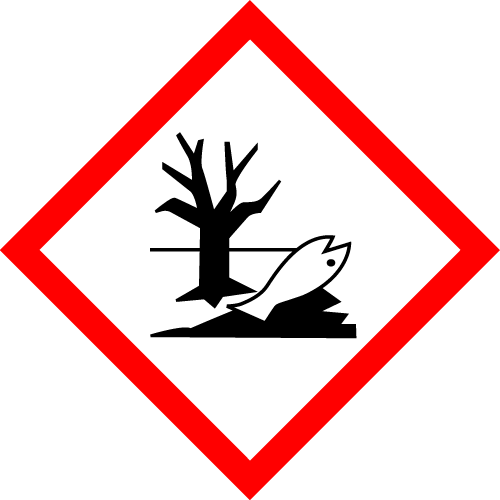 |
| GHS07: Exclamation Mark | GHS08: Health Hazard | GHS09: Environment |
Signal Word: Danger
Hazard Designation
H302 Harmful if swallowed.
H332 Harmful if inhaled.
H360 May damage fertility or the unborn child.
H373 May cause damage to organs through prolonged or repeated exposure.
H410 Very toxic to aquatic life with long lasting effects.
Safety Designation
P260 Do not breathe dust/fume/gas/mist/vapors/spray.
P261 Avoid breathing dust/ fume/ gas/ mist/ vapors/ spray.
P280 Wear protective gloves/ clothing/ eye/ face protection.
P281 Use personal protective equipment as required.
P405 Store locked up.
P501 Dispose of contents/ container according to regional, national and international regulations.






